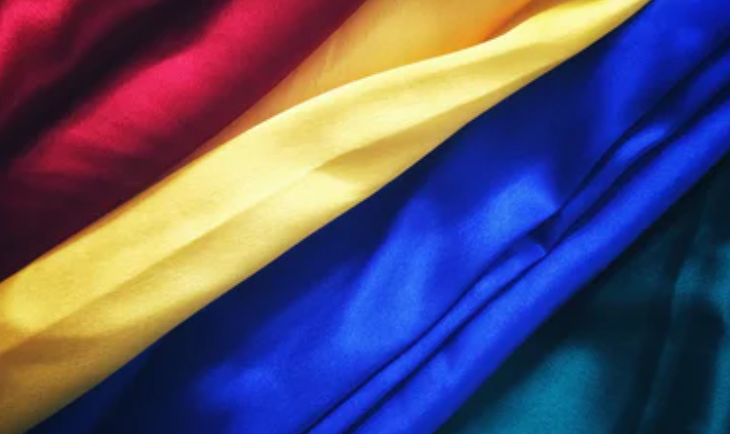Textile raw materials are made of various fibers using different processing forms, so textile raw materials need to be classified. First we need to understand how textile fibers are classified. There are many types of textile fibers. Textile fibers are usually divided into two categories: natural fibers and chemical fibers according to the source of the fibers.

Natural fiber is a natural substance derived from nature and can be directly used in raw material processing, mainly including plant fiber (cellulose fiber), animal fiber (protein fiber) and mineral fiber; chemical fiber is artificially manufactured through chemical methods, and is divided into two categories: man-made fiber and synthetic fiber according to different raw materials and manufacturing methods.

The raw materials used in decorative fabrics include yarns made of various fibers (pure or blended) and their strands and pattern threads (made of Ply yarn composed of two or more different colors), fancy yarn (big belly yarn, slub yarn, chenille yarn, corrugated yarn, feather yarn, knot yarn, colorful dot yarn, hollow belt, textured yarn, etc. ).
Because chemical fibers, especially synthetic fibers, have many fiber sources, are easy to process, have high strength and low cost, they are widely used in decorative fabrics.
Such as polyester (FDY filament, DTY low elastic yarn, air textured yarn, colored liquid special-shaped fiber “big bright” polyester yarn, and short polyester yarn such as Polyester yarn made from fiber spinning, etc.), acrylic (imitation of acrylic cotton with short fibers, wool-like products and chenille yarn processed with two fibers with different shrinkage rates), nylon (filament, high elastic yarn, its moisture regain The rate is 10 times higher than polyester), polypropylene (monofilament, liquid color yarn, extremely low cost, but the moisture regain is 0%).

Except for those types of decorative fabrics that are in direct contact with the human body and must use natural fibers, most other decorative fabrics use chemical fibers or products blended with natural fibers. Among chemical fibers, glossy viscose rayon is often used in decorative fabrics because of its excellent luster, complete dyeing spectrum, and higher moisture regain than cotton, reaching 13%.







